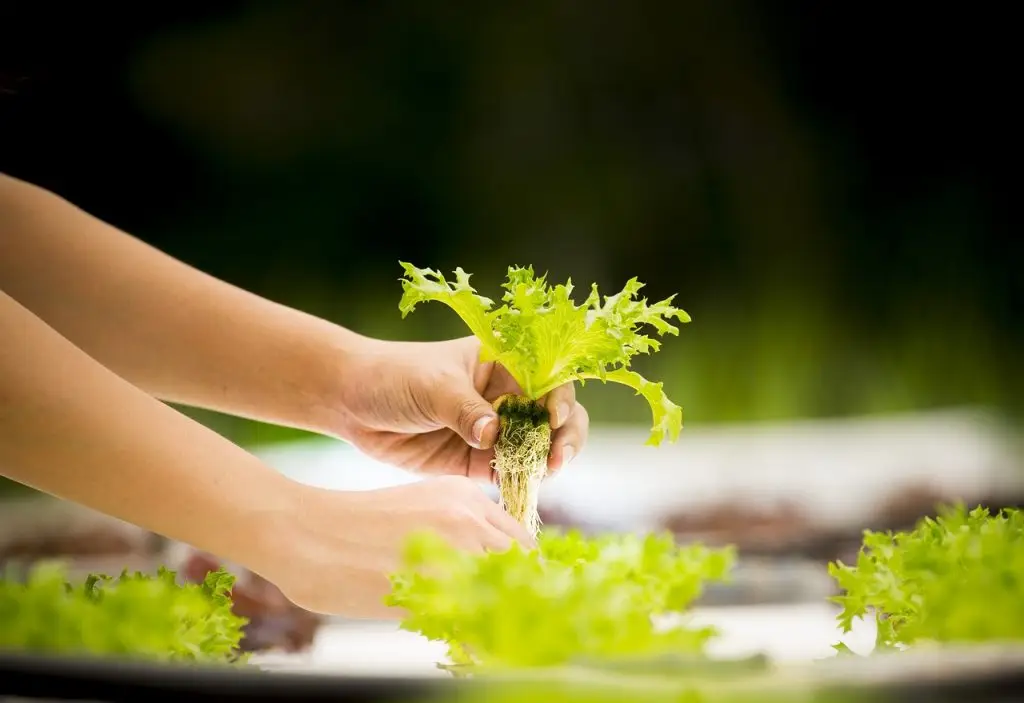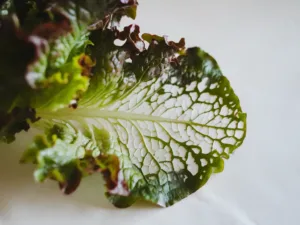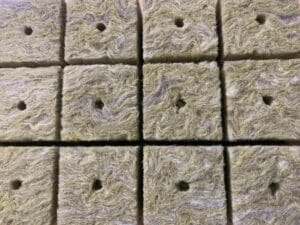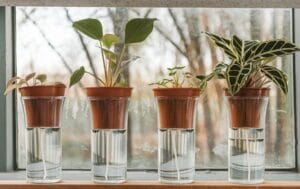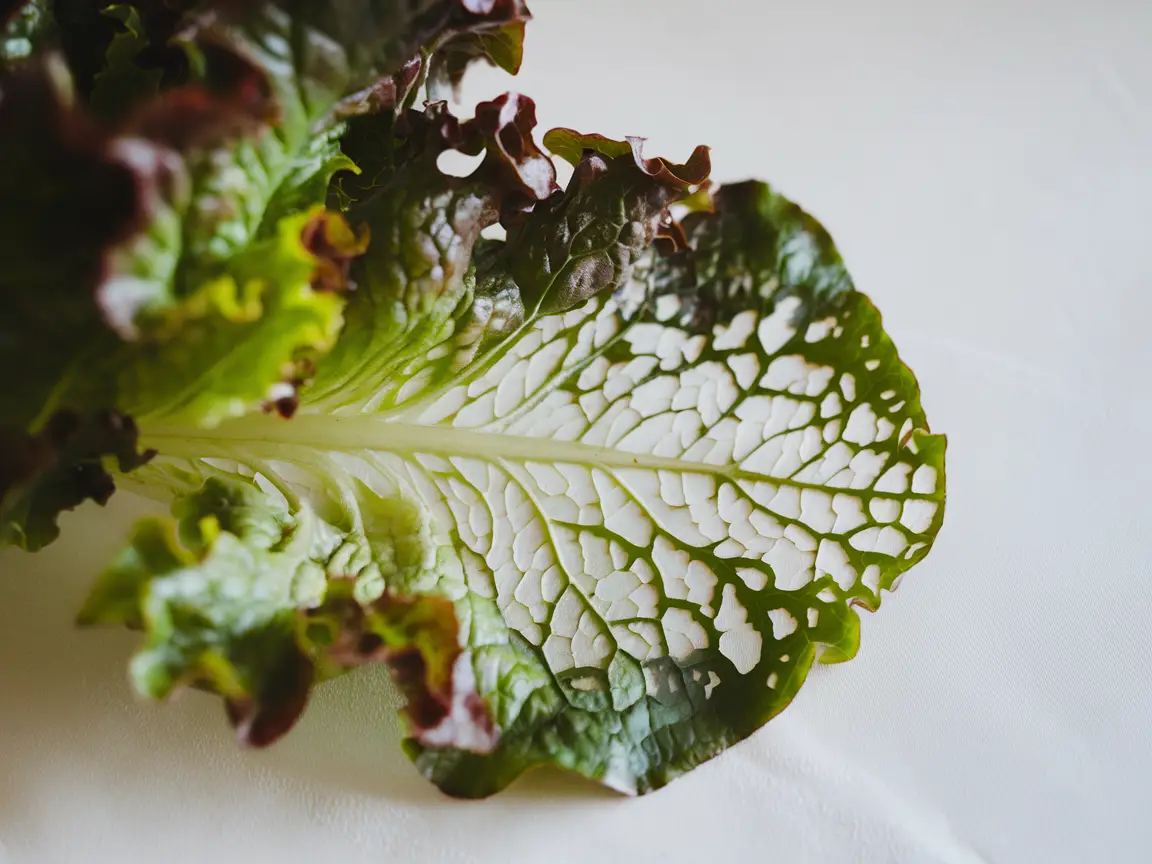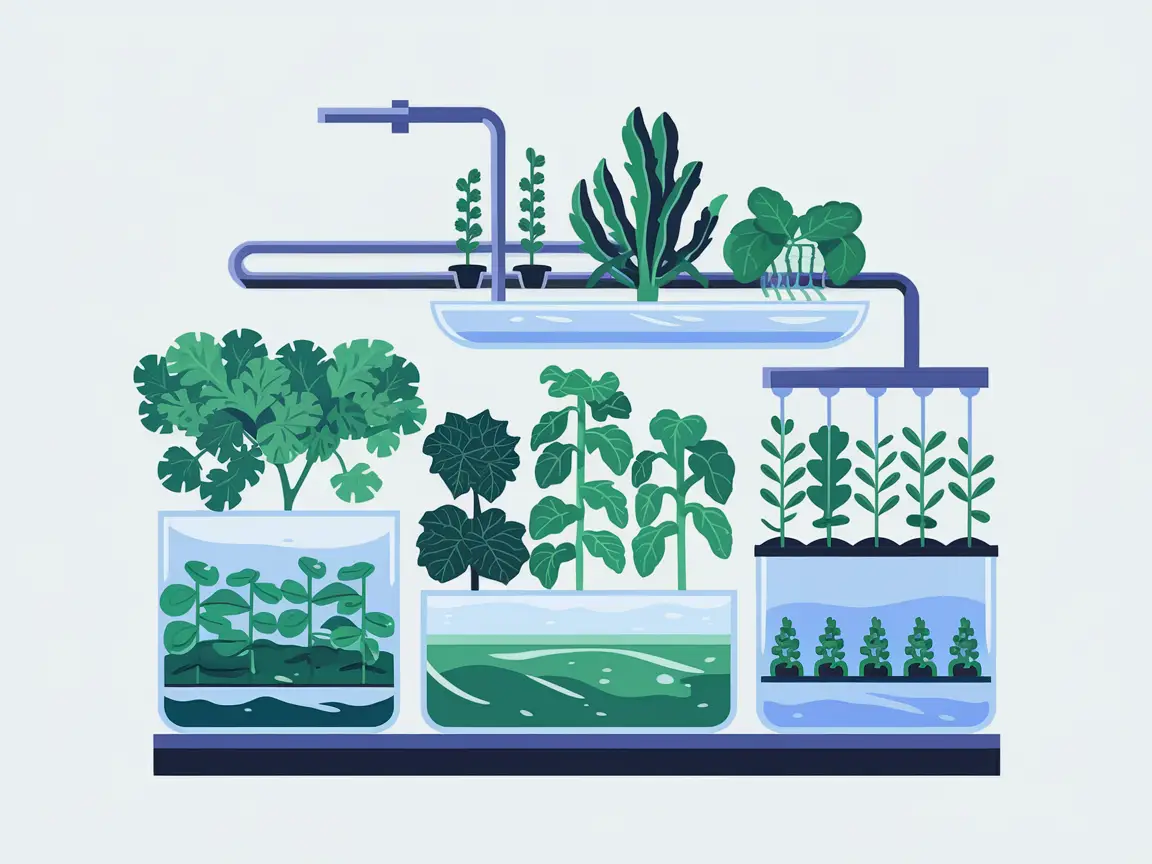What is Aeroponics?
Aeroponics is an advanced hydroponic system where plants receive their nutrients not from water but from a fine mist. The plant roots hang in the air and are regularly sprayed with a nutrient solution, resulting in faster growth and healthier plants.
Setup
An aeroponic system consists of a chamber where the plant roots hang, spray nozzles to mist the nutrient solution, and a pump to deliver the solution to the nozzles. There are various setups, but the basic principle remains the same: roots receive oxygen and nutrients in perfect balance.
There are two primary types of aeroponic systems:
- Low-Pressure Aeroponics (LPA): Simpler and more affordable, suitable for beginners.
- High-Pressure Aeroponics (HPA): Produces a finer mist and promotes better root growth, ideal for advanced gardeners.
Advantages
Aeroponics offers many advantages over other hydroponic systems:
- Water and Nutrient Efficiency: Very low water waste, as the solution goes directly to the roots.
- Faster Plant Growth: With optimal oxygen supply, plants grow faster and stronger.
- Space-Saving: Ideal for small spaces, as plants can grow vertically.
- Reduced Diseases: Roots hanging in the air have a lower risk of root rot.
Aeroponics is perfect for anyone looking to maximize efficiency and yield in their hydroponic garden.
Disadvantages
Aeroponics also has some challenges:
- Higher Initial Costs: Equipment can be more expensive than other hydroponic systems.
- Complexity: Requires some technical knowledge and maintenance.
- Dependence on Electricity: Power outages can quickly harm plants.
- Vulnerability to Failures: If spray nozzles get clogged, plants can dry out quickly.
Aeroponics isn’t for everyone, especially not for absolute beginners. But for those ready to invest time and money, it can be well worth it.
DIY Aeroponics
Required Materials
- Plant Chamber/Reservoir
- Spray Nozzles
- Pump
- Nutrient Solution
- Net Pots
- Timer
- Filter (optional)
Plant Chamber
An opaque container large enough to hold the plant roots and nutrient solution. Plastic containers are a common choice as they’re lightweight and durable.
Spray Nozzles
These ensure the nutrient solution reaches the roots as a fine mist. There are various types, but all should spray finely enough to provide optimal coverage.
Pump
A powerful pump is necessary to deliver the nutrient solution to the spray nozzles. It should be reliable and strong enough to maintain constant pressure.
Nutrient Solution
Specifically formulated hydroponic nutrients provide plants with all necessary macro- and micronutrients. These solutions are available in liquid or powder form.
Timer
You’ll need a timer to control the misting intervals. This ensures the plants are sprayed regularly and evenly.
Net Pots
These pots hold the plants securely and allow the roots to grow into the chamber. They come in various sizes, depending on your plants’ needs.
Filter
A filter helps prevent nozzle clogs by removing debris from the nutrient solution. Ideally, it’s installed just before or after the pump.
Care and Maintenance
Aeroponics requires regular care:
- Cleaning the Nozzles: Prevents clogs and ensures even nutrient distribution.
- Checking the Pump: Ensure the pump functions properly.
- Monitoring the Nutrient Solution: Regularly refill and adjust the solution.
With consistent care and attention, your aeroponic system can deliver excellent results for a long time.
Common Issues and Solutions
Even in an aeroponic system, problems can sometimes affect plant growth. Here are some of the most common challenges and how to successfully overcome them:
Clogged Spray Nozzles
Clogged nozzles can prevent the nutrient solution from reaching the plant roots. Regularly check and clean the nozzles as needed. A filter in the nutrient solution can help prevent clogs.
Uneven Misting
If the spray nozzles don’t distribute the solution evenly, it can lead to uneven plant growth. Make sure all nozzles are aligned correctly and the pump provides adequate pressure. Regular maintenance of the pump and nozzles is crucial.
Power Outages
Aeroponic systems rely heavily on electricity. A power outage can stop nutrient supply to the roots, leading to rapid damage. A backup battery or generator can bridge outages and protect plants.
Nutrient Imbalance
An imbalance in the nutrient solution can cause growth issues and deficiencies. Test the nutrient solution regularly and add nutrients as needed, following the manufacturer’s instructions carefully.
Root Diseases
Although aeroponics reduces the risk of root rot, diseases can still occur, especially with poor hygiene. Keep the plant chamber clean and sanitize it regularly. Proper ventilation and temperature also support root health.
pH Fluctuations
pH fluctuations can affect nutrient uptake. Monitor the pH of the solution and adjust with pH-Up or pH-Down as needed to keep it in the optimal range.
With careful monitoring and regular maintenance, you can avoid many common problems in an aeroponic system and ensure that your plants thrive.
Frequently Asked Questions
How often should plants be misted in an aeroponic system?
Typically, plants should be misted every 5-10 minutes for 5-10 seconds. This depends on the plant type and growth stage. Some plants may require more frequent misting, especially in hot or dry conditions. It’s important to observe your plants’ needs and adjust the misting intervals accordingly.
What plants are best suited for aeroponic systems?
Aeroponics works excellently for herbs, lettuce, and some fruiting and vegetable plants like tomatoes, peppers, and strawberries. These plants benefit from high oxygen and nutrient availability. Some flowers also grow well in aeroponic systems. Experiment with different plants to find what grows best in your setup.
What can I do if the spray nozzles clog?
Clean the nozzles regularly to prevent clogs. Use filtered water to minimize particles in the nutrient solution. A filter in the system can also help prevent clogging. If a nozzle becomes clogged, it can often be cleared by soaking it in vinegar or citric acid.
How long does it take for plants in an aeroponic system to be harvest-ready?
Growth time varies by plant type, but many plants grow faster in aeroponic systems than in traditional soil. Herbs and lettuce can often be harvested after 3-4 weeks. Fruits like tomatoes or strawberries take a bit longer, often 6-8 weeks until the first harvest. Faster growth also means more frequent harvests.
What should I do in case of a power outage?
A backup generator or battery can help bridge power outages. It’s important to act quickly to ensure plants continue receiving nutrients. Be prepared for emergencies by keeping an alternative on hand. Timely power restoration can minimize damage to plants.
Enjoy experimenting with aeroponics! It’s an exciting and rewarding way to take your gardening skills to the next level.

